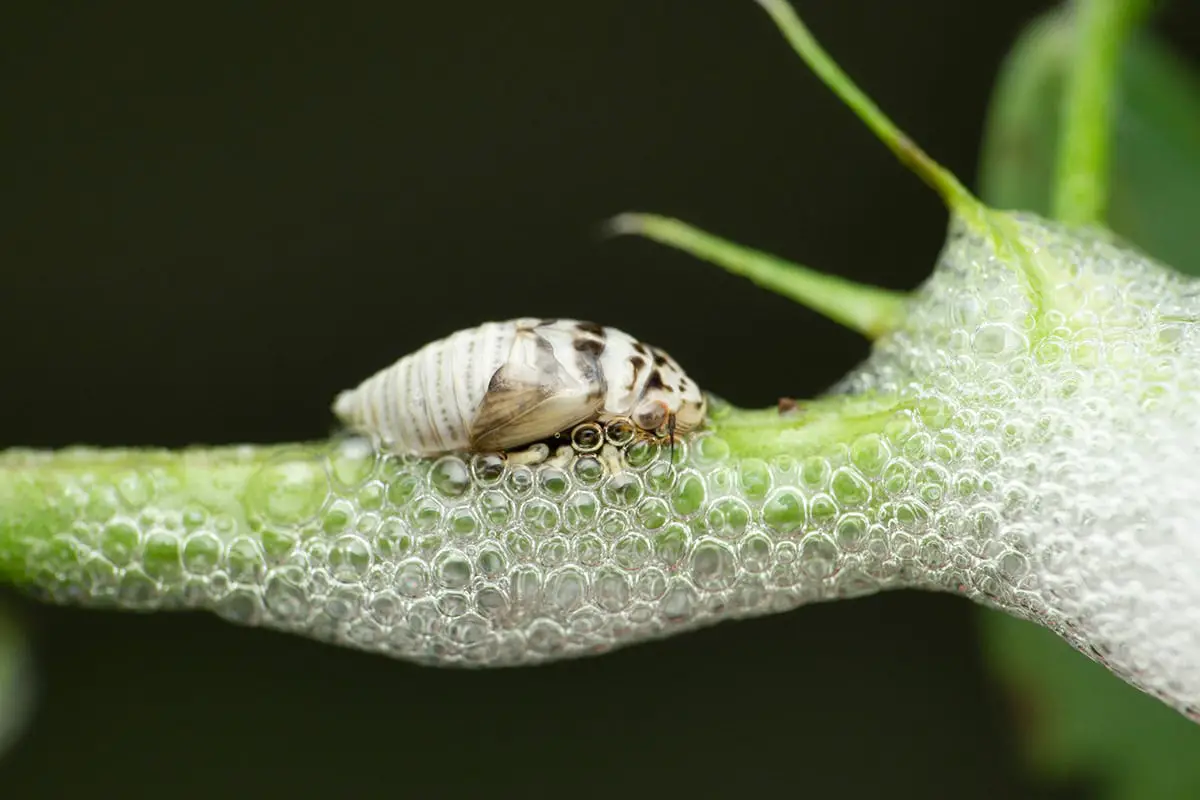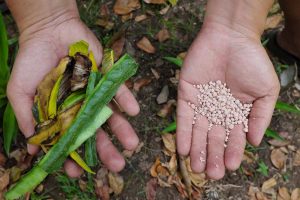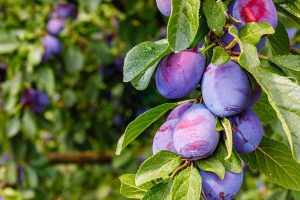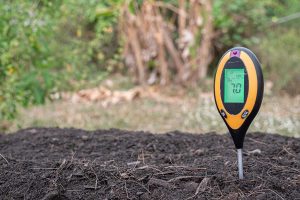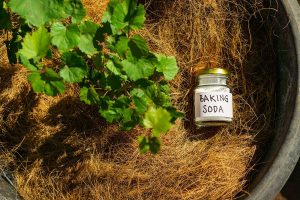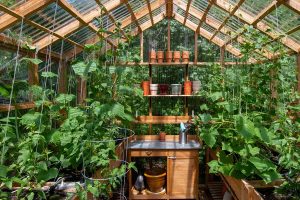You’re enjoying a sunny day in your garden when you notice small clumps of frothy white foam on your plants. This curious sight is known as cuckoo spit, produced by tiny insects called spittlebugs. While it might look concerning, these insects are generally harmless. In this article, you’ll learn what spittlebugs are, why they create this foam, and how to manage them in your garden, ensuring your plants stay healthy and vibrant.
Table of Contents
What Are Spittlebugs?
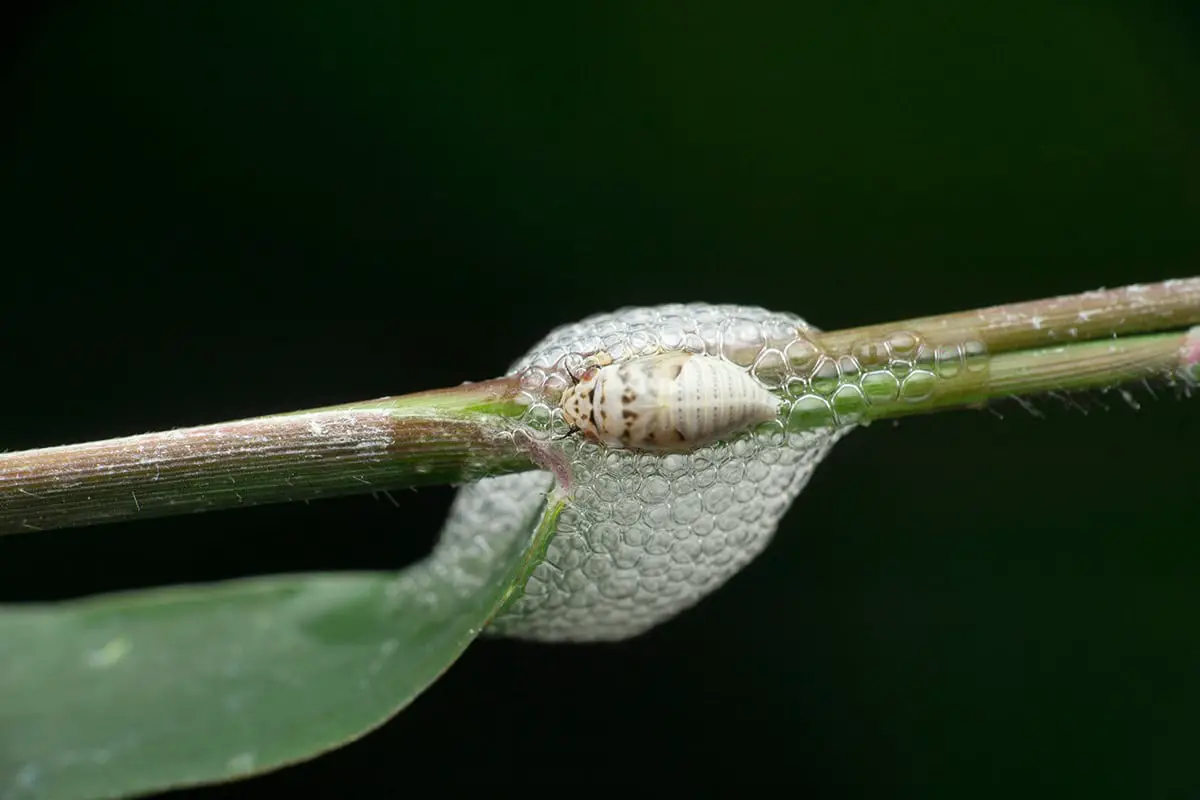
Spittlebugs are insects that produce a frothy substance commonly known as cuckoo spit. This protective foam helps shield the nymphs from predators and environmental conditions.
Identifying Spittlebugs
Spittlebugs are small, true bugs. The nymph stage produces a frothy spit-like substance on plants. Adults have bodies that are wider at the rear, resembling tiny frogs. They are also called froghoppers. To identify spittlebugs, look for the white, bubbly masses on plants. This “spittle” is noticeable in spring as the nymphs secrete it. The foam acts as both a protective covering and a means to retain moisture.
Are They Harmful?
Spittlebugs are generally not harmful to plants. They feed on plant sap but typically do not cause significant damage. The primary concern is aesthetic, as the spit can be unsightly. In large numbers, they can impact plant health by drawing too much sap. However, spittlebugs do not usually reach levels that cause substantial harm. Controlling them is often unnecessary unless infestations are severe.
Common Host Plants
Spittlebugs are versatile and can infest a wide range of plants. Common host plants include roses, yarrow, and mums. They are also found on evergreens and various garden plants. The meadow spittlebug, for example, is commonly seen in Minnesota gardens. These insects lay eggs on host plants or nearby vegetation, surviving winter as eggs and emerging in the spring.
Cuckoo Spit on Plants
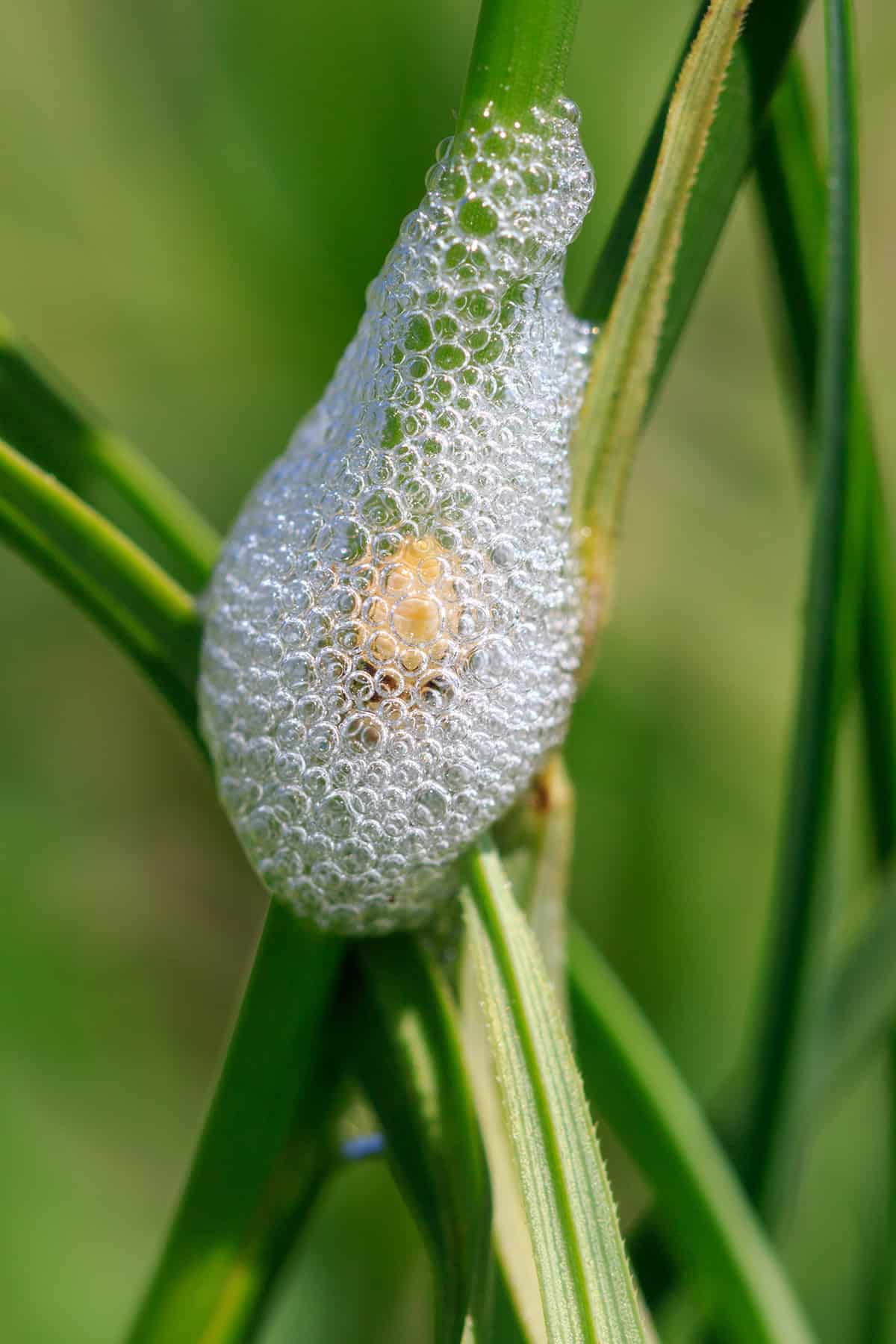
Cuckoo spit, a frothy mass found on plants, indicates the presence of spittlebugs. It’s important to recognize and understand these formations to assess any potential impact on your garden.
What It Is?
Cuckoo spit is a frothy secretion created by spittlebug nymphs. These nymphs are immature forms of froghoppers, small insects related to aphids. The froth serves as a protective layer for the nymphs, shielding them from predators and environmental factors like drying out.
The name “cuckoo spit” derives from the timing of its appearance, which often coincides with the first calls of the cuckoo bird in spring.
What Does It Look Like?
Cuckoo spit appears as small, white, frothy blobs on plant stems and leaves. These formations resemble soap suds and are typically found in leaf axils or other sheltered spots. The froth can vary in size but is usually small, around the size of a marble.
If you poke or disturb the froth, you will find a small, green or yellowish spittlebug nymph inside. The spittle protects this nymph as it feeds on plant sap.
Could It Cause Harm?
In most cases, cuckoo spit is harmless to plants. While spittlebug nymphs do feed on plant sap, they rarely cause significant damage. The affected plants might show minor signs of stress, such as slight wilting or stunted growth in severe infestations.
However, heavy infestations can be a concern. The repeated sap extraction can weaken plants, making them more susceptible to other pests and diseases. If you notice extensive cuckoo spit in your garden, consider taking measures to control the spittlebug population.
Spittlebug Control Measures
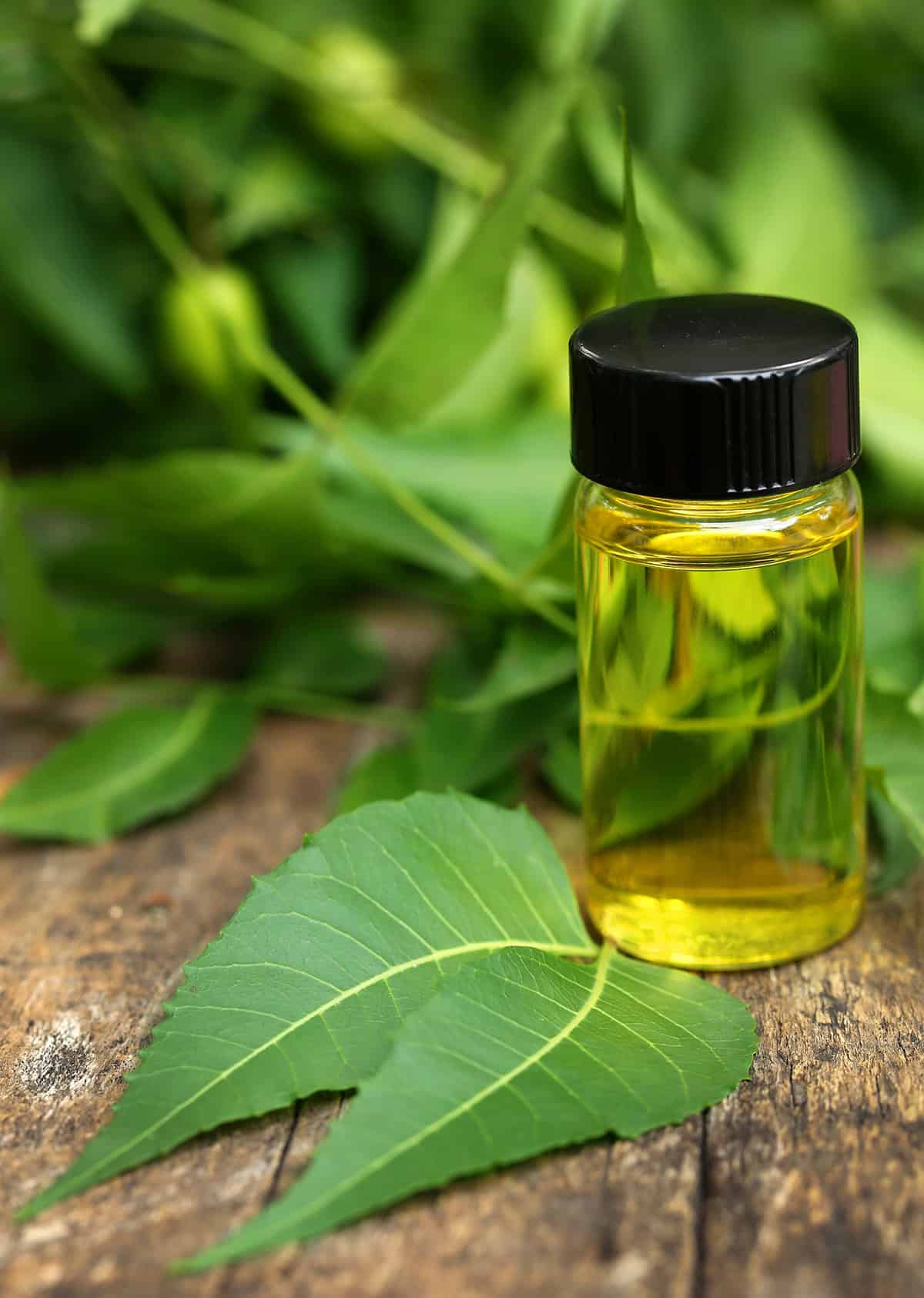
Spittlebugs and their cuckoo spits are almost harmless, yet if you still need to manage and control them, here is what you need to do . These involve disrupting their environment, introducing natural predators, and sometimes using chemical treatments to protect your plants effectively.
Cultural Control
You can manage spittlebugs by modifying their habitat. Reduce thatch buildup in your lawn because it creates a favorable environment for nymphs. Regularly dethatching and aerating your lawn can help. Topdressing with sand or soil can also reduce moisture levels, making the area less inviting for spittlebugs.
Maintaining plant health is key. Water your plants appropriately and avoid over-fertilizing, which can attract more pests. Rotate crops in your garden to prevent infestations. Clean up garden debris that can harbor spittlebug eggs through the winter. Monitor your garden frequently for early signs of infestation.
Biological Control
Natural predators can help control spittlebug populations. Birds such as sparrows and robins often feed on spittlebugs. Encouraging these birds to visit your garden can be beneficial. Install bird feeders and birdbaths to attract them.
Beneficial insects like ladybugs and lacewings also prey on spittlebugs. You can purchase these insects from garden centers and release them in your garden. Planting flowers and herbs that attract these beneficial insects can also help maintain a healthy balance of predators.
Additionally, nematodes can be introduced to the soil. These microscopic worms target spittlebug larvae and reduce their numbers effectively. Use nematode products according to manufacturer instructions for the best results.
Natural & Chemical Control
You can use natural methods like neem oil or insecticidal soaps, which are less harmful to beneficial insects and the environment. Apply these treatments directly to the affected plants. You may need to reapply them for effective control.
Chemical insecticides can also be used. Look for pyrethroid-based products. Apply them early in the season when nymphs are present. Make sure to read the labels and follow instructions carefully to avoid harming non-target species.
A combination of these methods can provide effective control. Regular monitoring and timely action are crucial to keep spittlebug populations under control and protect your plants.
